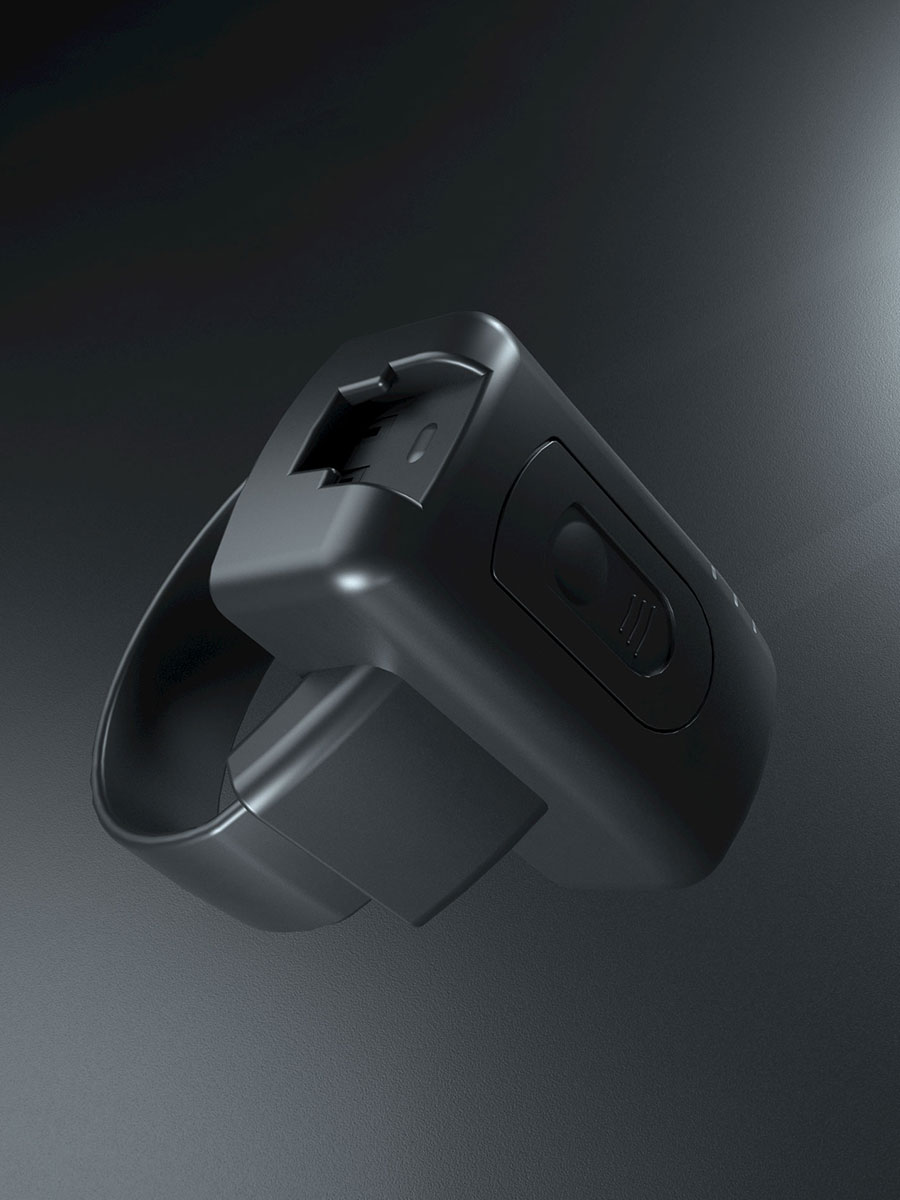Ever wondered how people on house arrest or parole are monitored without being physically confined to a specific place? That's where ankle monitors come in. These small but powerful devices play a significant role in the legal system by tracking individuals' movements and ensuring compliance with court orders. With several types of ankle monitors available, each serving a different purpose, it's important to understand how they work and what sets them apart. So, are there different types of ankle monitors? Let’s dive in and explore the various options!
What Are Ankle Monitors?
Ankle monitors are electronic devices worn around the ankle to track a person’s movements, typically for legal reasons. They serve as a form of surveillance, allowing authorities to monitor individuals without placing them behind bars. These devices are most commonly used for people on probation, parole, or house arrest, offering a way to keep tabs on someone’s whereabouts while still giving them some freedom.
The Evolution of Ankle Monitors
Ankle monitors have come a long way since they were first introduced. In the early days, they were bulky and primarily relied on radio frequency technology to confirm whether someone was within a certain distance from a fixed receiver. Fast forward to today, and we've got monitors with GPS tracking, alcohol detection, and even hybrid models combining multiple features. Thanks to advancements in technology, ankle monitors are now more discreet, reliable, and versatile than ever.
When it comes to ankle monitors, not all devices are created equal. There are several types, each designed to fulfill a specific monitoring need. Let’s take a look at the different types and how they work.
GPS ankle monitors are the most common type, using satellite technology to pinpoint an individual's location in real time. The ankle GPS tracker constantly communicates with GPS satellites to provide a precise location, making it ideal for monitoring someone’s movements over a large area. This type of monitor is often used for individuals on parole or house arrest who need to stay within designated zones, like their home or workplace. If the wearer strays outside these zones, the monitor sends an alert to the supervising authorities.
RF ankle monitors operate using radio signals, rather than satellites, to monitor an individual's presence within a defined area. Typically, they’re used to enforce house arrest by creating a "virtual fence" around a home. If the wearer leaves the set perimeter, the device triggers an alert, notifying the authorities. While RF monitors may not offer the extensive tracking capabilities of GPS models, they work well for situations requiring strict adherence to staying in one location.
Alcohol monitoring ankle bracelets are designed to detect alcohol consumption through the skin. These devices use transdermal technology, which measures the alcohol content in the wearer’s sweat, providing data to supervising officers. They’re often used for individuals with DUI convictions or those under court orders to abstain from alcohol. The monitoring is continuous, meaning authorities can be immediately alerted if alcohol is detected.
Hybrid monitors combine the functions of GPS tracking and alcohol monitoring, providing a more comprehensive surveillance solution. They can track a person’s location while also detecting any alcohol use, making them suitable for cases where multiple monitoring needs exist. This versatility helps authorities supervise individuals more effectively, especially those with a history of both substance abuse and legal issues.

While all ankle monitors serve the purpose of tracking individuals, each type has its unique features and limitations. Here’s a closer look at the main differences:
GPS monitors have a broader range since they rely on satellite signals, enabling tracking across vast distances. In contrast, RF monitors are limited to specific perimeters, usually within the boundaries of a home or designated area. When it comes to covering large geographical areas, GPS is the clear winner.
GPS devices provide accurate location data in most outdoor environments but may struggle with signal loss in areas like tunnels or dense forests. RF monitors, on the other hand, offer reliable tracking within the designated zone but are not suitable for large-scale monitoring. Alcohol monitors are reliable for detecting alcohol use but don't provide location tracking, which limits their overall monitoring scope.
The cost of ankle monitors varies significantly based on the type. GPS monitors tend to be more expensive due to their advanced technology, while RF monitors are generally cheaper. Alcohol monitoring devices also have their own associated costs, which may include additional fees for daily monitoring and data transmission. In many cases, the individual being monitored is required to cover these expenses, adding a financial burden to their legal troubles.
How Are Ankle Monitors Fitted and Maintained?
Getting fitted with an ankle monitor is a straightforward process, but it’s not exactly like trying on a new pair of shoes. The device is securely strapped around the ankle and sealed to prevent tampering. Regular maintenance is required, including charging the device, which typically needs to be done daily for GPS monitors. Authorities may also perform routine checks to ensure the monitor is functioning correctly.
Common Misconceptions About Ankle Monitors
There are plenty of myths floating around about ankle monitors. Some people think they’re just glorified bracelets that beep if you wander off, but they’re much more complex than that. Others assume that tampering with them is easy—spoiler alert: it’s not. Modern ankle monitors come with tamper-proof features and alerts that notify authorities of any suspicious activity.
Different types of ankle monitors serve distinct purposes, ranging from tracking location with GPS to detecting alcohol use with specialized devices. Each type comes with its own set of features, advantages, and limitations, allowing the legal system to choose the right tool for specific monitoring needs. As technology progresses, we can expect ankle monitors to become even more sophisticated, potentially offering a balance between public safety and personal freedom.
